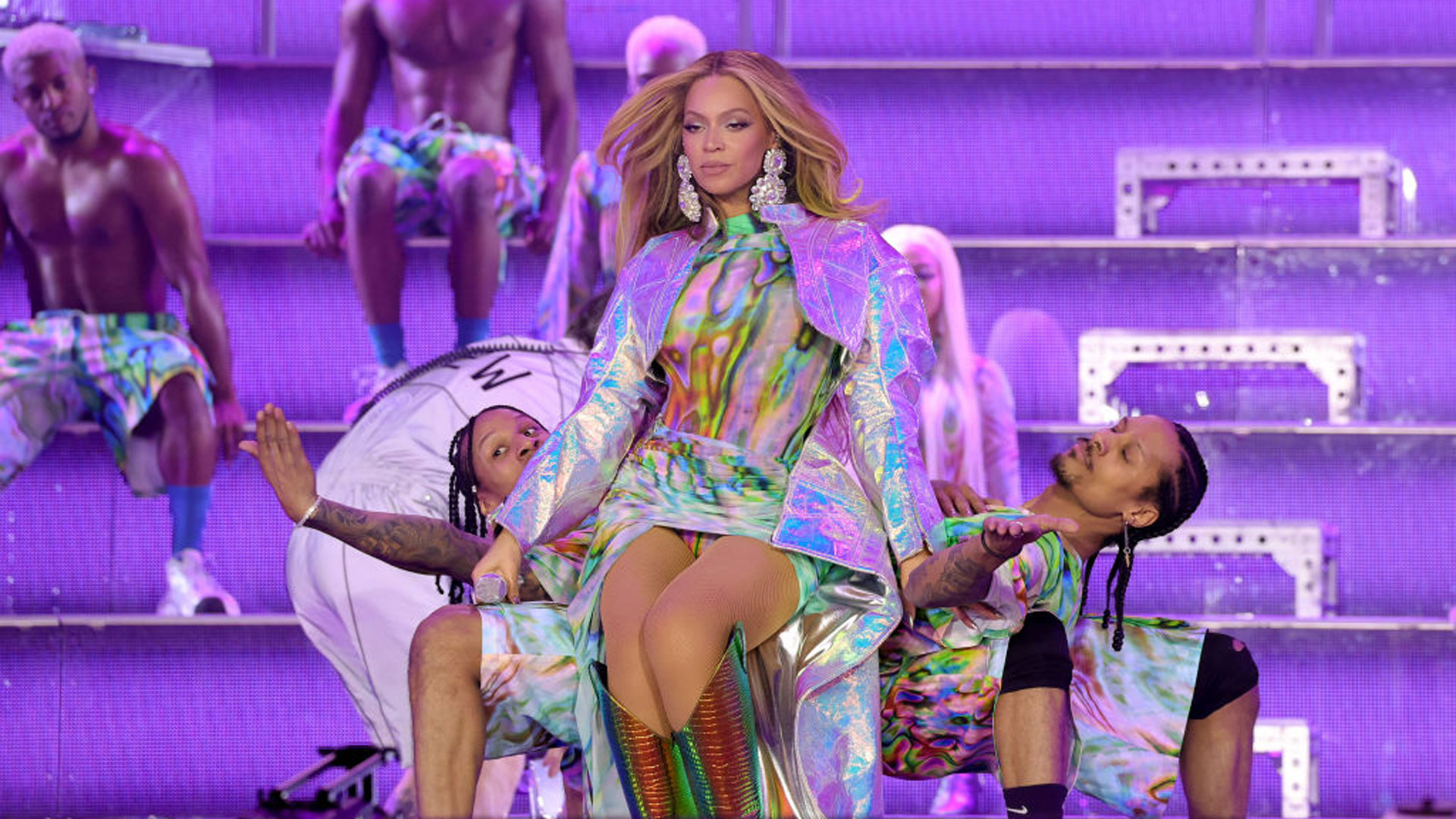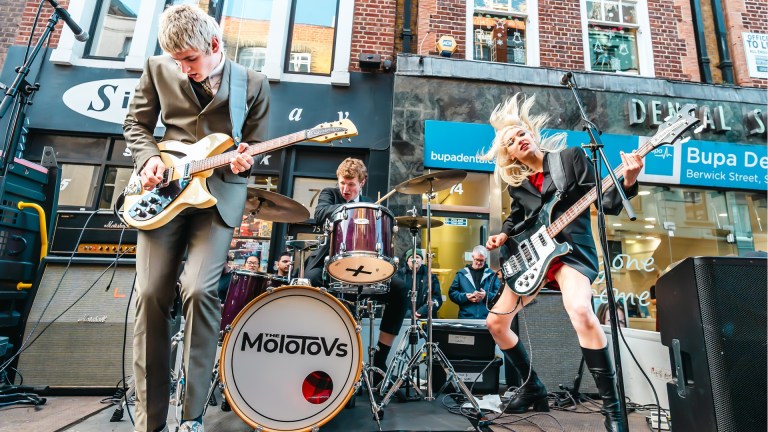I was lucky enough to become one of the first people in the world, give or take 60,000 or so others, to experience the opening night of Beyoncé’s stunning Renaissance world tour at Stockholm’s Friends Arena. Predicted to gross close to £2 billion by the end of its run, which will make it by far the most profitable concert tour ever, it took the stadium pop arms race to a new level with a giant screen as wide as a football pitch, dancing robots, a flying white horse and a sort of weird moon-buggy type vehicle which, for reasons unclear, Queen Bey at one point drove up a giant CGI approximation of her own vagina. Plus all the standard things like, y’know, songs and stuff.
It was quite the evening, and I can only urge the millions of others around the world booked to see Renaissance as it makes its way around the globe to hold on to their tickets tight. It got me thinking a lot, though, about the various ways in which stadium concerts seem to be becoming less and less fundamentally about communing around plain old music and more about a general mass entertainment experience shaped for the social media age.
Jump back to The Beatles at Shea Stadium in 1965 and the sound of a band drastically failing to be heard above the din of 56,000 screaming teens, and you’re reminded that the entire concept of pop concerts in sporting megadomes is less than 60 years old, and grew out of primitive roots. Sound systems, light shows, visual embellishments and other gimmicks have developed rapidly over time to support the stadium gig’s rapid and relentlessly ambitious rise. By the 1990s we already had Michael Jackson’s jetpack, Madonna’s Jean-Paul Gaultier conical bra and U2’s dangling Trabants.
Doing it bigger, better and bolder is a rite of top pop star passage, as technology improves and budgets grow. Renaissance in all its eye-popping maximalist wonder – as well as other stadium tours of the moment by all from Taylor Swift to Harry Styles and Coldplay – are merely a continuation of that long lineage. It’s in other, subtler ways that big gigs and the way fans receive them seem to be changing.
One is length. The three-hour set was once largely the preserve of prog rock bores and Bruce Springsteen (whom it ought to be noted has begun limiting sets on his latest tour with the E Street Band closer to two hours; even The Boss’s seemingly superhuman stamina has its limits). These days Taylor Swift, on her Ticketmaster breaking Eras Tour, is doing an average of three hours 18 minutes per night and a whopping 44 songs, while Beyoncé’s not far off at two hours 40 minutes average and around 35 songs.
This might seem counter-intuitive in an age when TikTok, Instagram and YouTube are whittling away attention spans. But bear in mind too that we live in an era of ridiculously overlong blockbuster movies, sprawling multi-season TV series and albums which will often pack in stacks of bonus tracks, all in the interests of capturing eyeballs and ears for as long as possible in a world of infinite and instantly available digital entertainment choice. Longer pop concerts would appear to be designed in a similar spirit of content overload. Of course, when you’re charging obscene amounts for tickets, especially between “surge” pricing and Ticketmaster owned resale platforms, a bit of perceived value for money can’t do any harm either.









